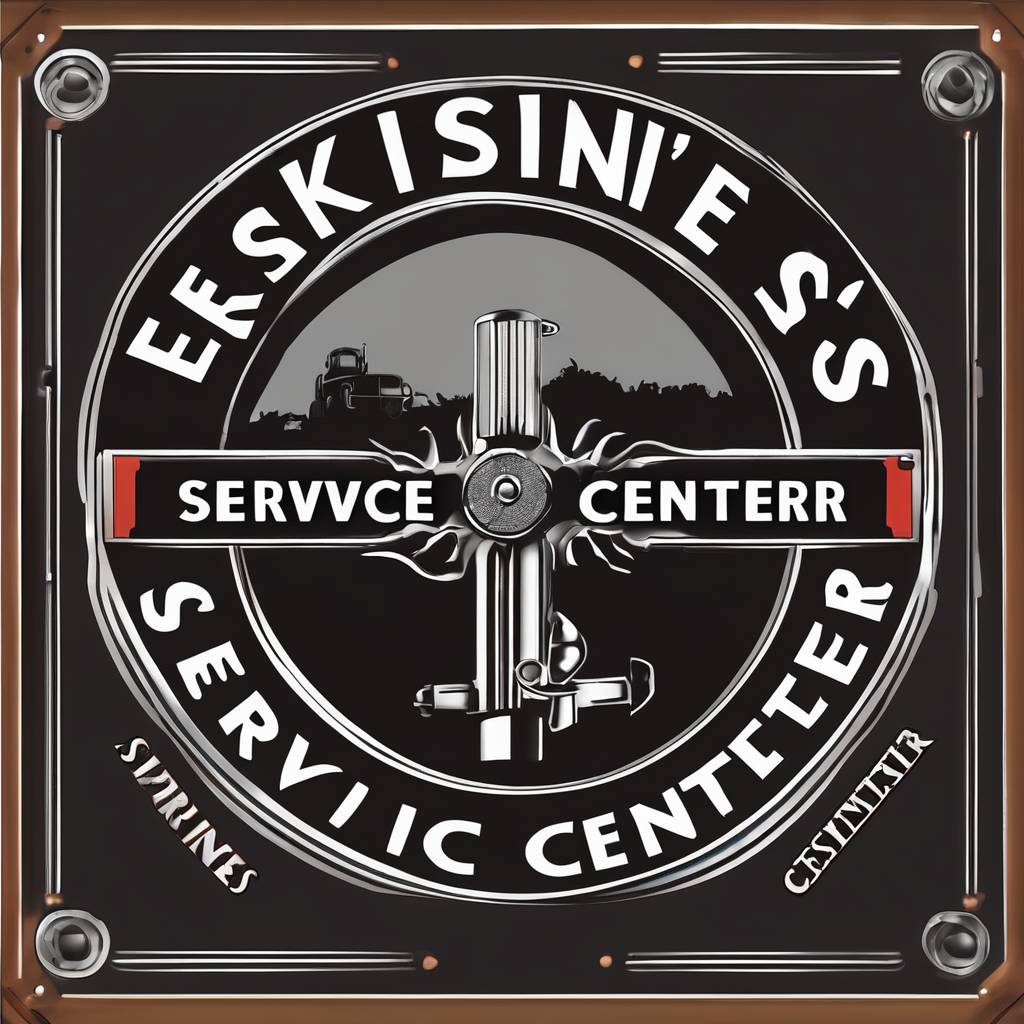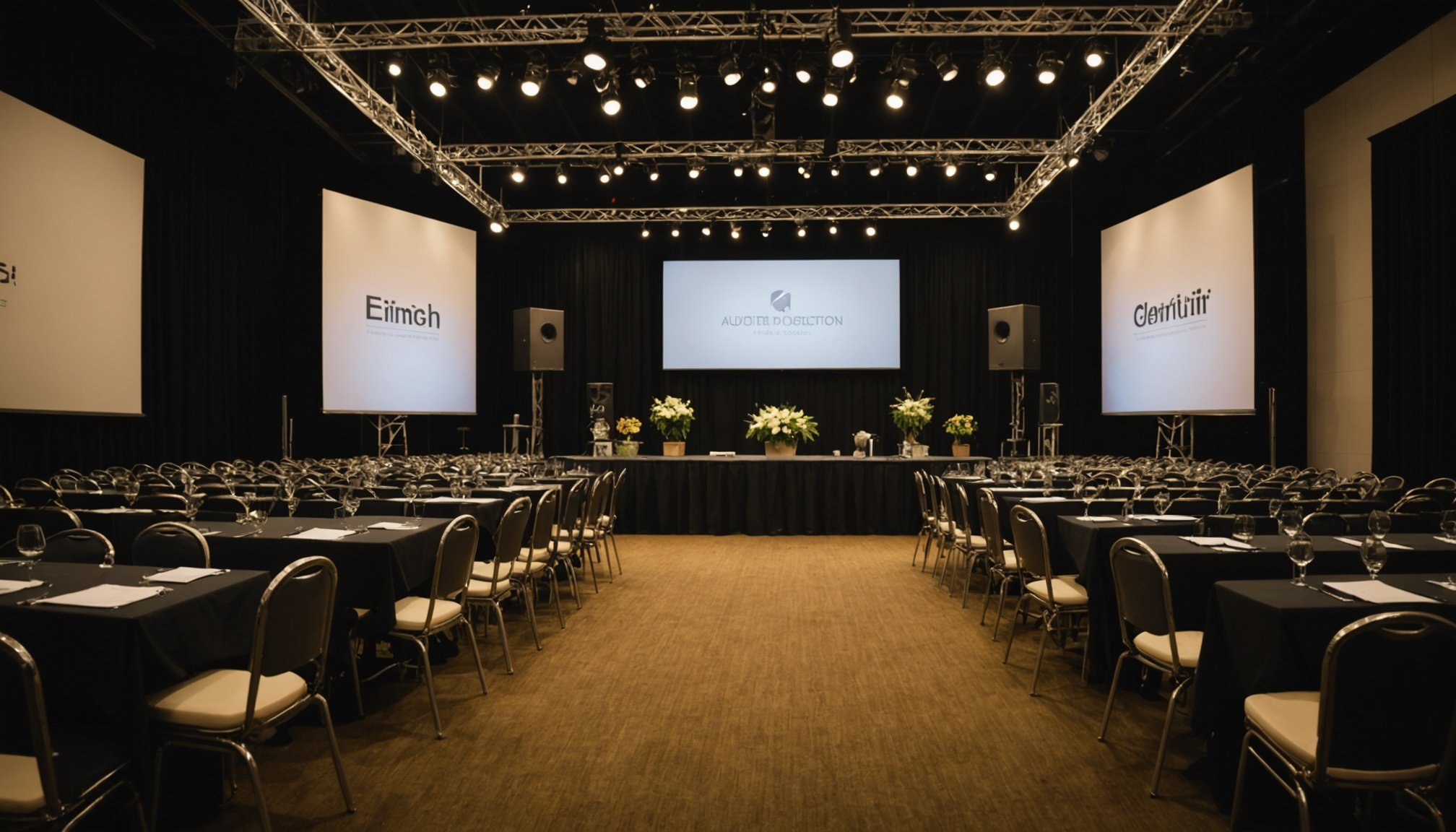Creating an unforgettable event hinges on seamless audiovisual integration. Mastering the blend of sound and visuals transforms ordinary gatherings into immersive experiences. This exploration reveals techniques, equipment, and real-world examples designed to elevate your event staging. Discover how strategic integration not only captivates audiences but also enhances message retention, paving the way for successful presentations that resonate long after the event ends.
The Critical Role of Audiovisual Technology in Event Staging
In modern event staging, audiovisual technology serves as a cornerstone for creating engaging and memorable experiences. Utilizing advanced techniques, events are transformed into immersive journeys, with effective audiovisual integration playing a pivotal role. Companies like H.stories exemplify this by turning spaces into dynamic environments through customized audiovisual solutions. These enhancements captivate audiences and significantly elevate the event’s impact.
Lire également : What Are the Best Practices for Developing a Content Marketing Strategy for a UK-Based B2B Company?
Benefits of Effective Audiovisual Integration
Implementing strategic audiovisual techniques enriches audience engagement by embedding storytelling elements within the event. Techniques such as spatial audio and projection mapping create immersive experiences, ensuring the audience remains enthralled. This approach is particularly beneficial for interactive displays and video wall integration, where content is designed to resonate with attendees on multiple sensory levels.
Elevating Events Through Enhanced Technology
Creating a holistic event experience involves not just lighting design and sound engineering but also real-time technology integration. With meticulous planning, event producers can craft an atmosphere that is both coherent and emotionally compelling. Audiovisual staging not only reinforces the event’s theme but also serves to reveal brand identity more vividly.
En parallèle : What Are the Best Strategies for Enhancing Employee Productivity in a Leeds FinTech Company?
Key Audiovisual Equipment and Their Uses
Essential Audiovisual Equipment Overview
Effective audiovisual systems for events are fundamental in creating immersive and engaging environments. Essential equipment includes high-quality projectors and large video walls, which enable dynamic visual storytelling in staging. Interactive displays for events are also increasingly popular, allowing audiences to engage with content in real time. This interaction boosts audience participation and enhances the overall event experience.
Advanced Sound Systems and Setup Techniques
A well-planned sound system design for events is essential for clear communication and impactful presentations. Advanced sound systems, featuring strategic speaker placement and cutting-edge sound engineering, ensure a seamless auditory experience. Integrating technology in event staging involves precisely tuning these systems to suit the venue’s acoustics, guaranteeing that every word is heard with clarity and precision.
Lighting Solutions and Their Impact on Event Atmosphere
Lighting design and audiovisual integration play a pivotal role in setting the mood and emphasizing key moments. Techniques like strategically placed spotlights and programmable mood lighting can transform an event’s atmosphere. Sophisticated lighting systems allow for real-time adjustments, adapting to the theme and pace of the event, which can amplify audience engagement tools by drawing focus to specific activities and speakers.
For audio visual equipment rental, partnering with knowledgeable providers like H.stories ensures that all elements are expertly managed, from setup to real-time event monitoring systems.
Best Practices for Audiovisual Integration
Pre-Event Planning and Setup Considerations
Effectively staging an event begins with meticulous strategic planning. This involves understanding the event staging design principles to ensure seamless incorporation of technology. One of the fundamental elements is the integration of collaborative audiovisual technologies. This ensures that the event’s theme is not just portrayed visually, but also resonates through sound, enhancing the overall experience. Consider the layout and technical aspects of the venue. Examining the space allows for technical production modifications that anticipate potential logistical issues and improve flow.
Real-time Monitoring and Troubleshooting Strategies
During the event, real-time event monitoring systems are indispensable. These systems enable immediate responses to any technical disruptions, minimizing downtime and keeping the audience engaged. Technical production for events requires a keen eye on the audiovisual dynamics to maintain an optimal experience. Developing a strategy that includes quick troubleshooting tactics provides a safety net, ensuring unforeseen mishaps don’t become a major disruption.
Post-Event Evaluation of Audiovisual Effectiveness
Evaluating the success of an event involves a post-event analysis focused on audiovisual effectiveness. Gather feedback regarding the sound system design and the impact of visual storytelling. This analysis is crucial for understanding what resonated with the audience and what can be improved. It also provides insights into strategic event technology planning for future initiatives, ensuring that each event is an immersive and smooth experience from start to finish.
Case Studies of Successful Audiovisual Integrations
Analysis of Notable Events Utilizing Innovative AV Solutions
Notable events have shown how audiovisual staging techniques redefine the event experience. Integrating technology in event staging, such as immersive video wall integration in staging and strategic lighting design, offers more than just visual appeal; it transforms storytelling. Take conferences or fundraising galas where projection mapping and synchronized lighting captivate audiences, creating a memorable communal experience. Through customized audiovisual solutions, these events achieve seamless interaction between technology and environment, producing a coherent narrative that engages attendees deeply.
Impact of Custom Solutions on Audience Experience
Customized solutions are pivotal when aiming for effective audiovisual systems for events. By focusing on specific needs—whether for a corporate symposium or a spectacular gala—custom AV systems can enhance audience engagement dramatically. Spatial audio and mobile stage solutions play crucial roles, ensuring coherent soundscapes and visual storytelling in staging. Engaging audiences often involves digital content creation for events, allowing for dynamic and adaptive presentations that keep attendees intrigued throughout.
Lessons Learned from Successful Audiovisual Engagements
Observing successes in deployment reveals best practices for audiovisual integration and hybrid event staging strategies. Collaborative audiovisual technologies like real-time event monitoring systems have proven essential. These systems not only enhance event production services but also foster innovation and adaptability, paving the way for future advancements in hybrid event staging strategies. As technology continues to evolve, the lessons learned from past engagements reinforce the importance of proactive planning and strategic execution in crafting unforgettable events.
Future Trends in Audiovisual Event Technology
Emerging Technologies Shaping Event Staging
The rapid pace of innovation in event technology is introducing transformative changes in how events are staged. Key audiovisual technologies such as projection mapping and multi-camera setups are setting new standards for immersive and interactive experiences. These innovations enable detailed visual storytelling in staging, enhancing the emotional impact of events. Real-time event monitoring systems, alongside online streaming capabilities, allow for hybrid event staging strategies that offer both in-person and virtual experiences.
Sustainability Considerations in Audiovisual Practices
Sustainable audiovisual practices are becoming essential in event staging. The integration of eco-friendly materials and energy-efficient lighting design not only reduces the environmental footprint but also aligns with increasing audience demand for responsible practices. Employing sustainable staging solutions can minimize waste and improve budget management for audiovisual services by focusing on reusable components.
The Role of Social Media in Enhancing Event Engagement
Social media integration has evolved to become a fundamental part of event technology trends. By merging social media with event audiovisuals, organizers can greatly enhance engagement and interaction. Collaborative audiovisual technologies facilitate this by offering features such as live polls and real-time feedback mechanisms, fostering a more connected and interactive atmosphere for attendees.











